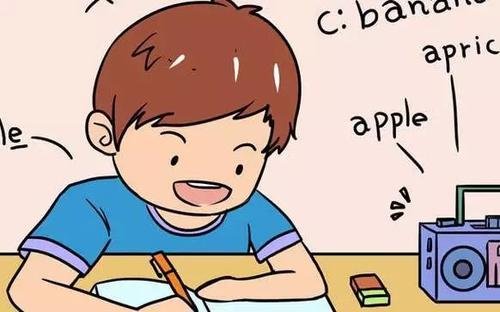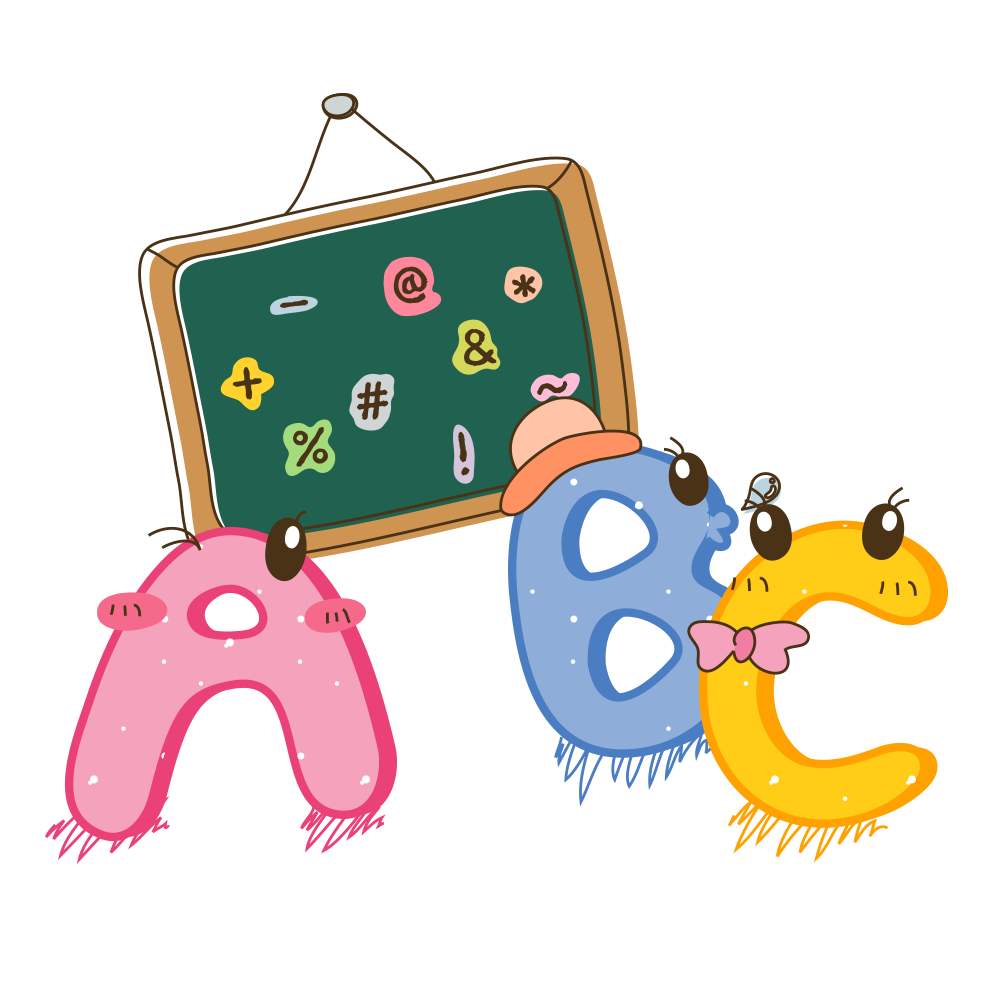初三年级英语期末下册要点五篇
夫所以读书学问,本欲开心明目,利于行耳。下面是课件网小编为您推荐初三年级英语期末下册要点五篇。

1.初三英语期末下册要点
连词及其用法
1.连词是一种虚词,它不能独立担任句子成分而只起连接词与词,短语与短语以及句与句的作用。
2.常见的连词
and(和,与;而且;于是,然后;因此)
but(但是;通常用not...but...不是...而是...;可是,然而;表示惊讶,不同意等--喔,哇;用来加强语句重复部分的语气--一定;用来引入新话题--那就;常用于否定句--而不,若不;用于含doubt,question等字的否定句中相当于that--对于)
or(或者,还是;用于否定句或问句--也不;否则,要不然;也就是说,换言之)
nor(用在neither之后--也不;用在no,not,never之后--也不;用在句首,句子需倒装--也不)
so(因此,所以;因而,从而)
yet(可是,却,然而)
for(因为,由于)
both…and(既...又...;不但...而且)
not only…but also(不但,而且)
either…or(不是...就是;要么...要么)
neither…nor(既不...也不...)
3.并列连词:
①and 与or;②both …and两者都;③not only…but ...as well as=not only...but also不但…而且;④neither…nor意思为"既不……也不……"谓语动词采用就近原则,与nor后的词保持一致。
4.转折或对比连词
①but表示转折,while表示对比。②not…but…意思为"不是……而是……"。
2.初三英语期末下册要点
主动语态和被动语态
1.主动语态是表示主语是谓语动作的使动方的语态。在主动语态中,谓语的动作源自主语,而施加于宾语。
2.被动语态)是动词的一种形式,用以说明主语与谓语动词之间的关系。
3.主动语态和被动语态的区别
在主动语态中,主语后面接人(be +动词原型);被动语态(be+动词过去分词)。
举例:
(1)主动语态:The snowslide killed him. 雪崩害死了他。
被动语态:He was killed by the snowslide. 他死于雪崩。
(2)主动语态:We use electricity to run machines. 我们用电力来开动机器。
被动语态:Electricity is used to run machines. 电力被我们用来开动机器。
(3)主动语态:Bell invented the telephone in 1876.贝尔于1876年发明了电话。
被动语态:The telephone was invented by Bell in1876.电话是贝尔于1876年发明的。
3.初三英语期末下册要点
The用法
1.表示特指的人或物
例:Please hand me the key on the desk. 请把桌上的钥匙递给我。
The girl in red is his sister. 穿红色衣服的女孩是他妹妹。
The building over there is the tallest in the town. 那边那幢大楼是这个城里的。
I like the music of the film. 我喜欢这部电影的音乐。
2.表示双方都知道的或心中明白的人或物
例: Shut the door, please. 请关门。
Has he returned the book? 那本书他还了吗?
Take the blue one, it is cheaper. 拿那个蓝的,它便宜些。
3.第二次提到
某人或某物第一次提到时用不定冠词,第二次提到时要用定冠词。
例:He saw a house in the distance. Jim's parents lived in the house. 他看见远处有一所房子,吉姆的父母就住在那所房子里。
There was once an old fisherman. The old fisherman had a cat. The cat was white. 从前有一个老渔夫。这个老渔夫有一只猫。这只猫是只白猫。
4.用在世界上独一无二的名词前
the sun太阳, the earth地球, the moon月亮,
the sky天空, the world 世界
例:The moon goes round the earth. 月亮绕着地球转。
There is not any cloud in the sky. 天空中没有一丝云彩。
It was a fine day in spring. The sun shone brightly. 这是一个晴朗的春日,阳光灿烂。
He is the richest man in the world. 他是世界上最富的人。
5.用在表示方向、方位的名词前
the east东方,the west西方,the south南方,
the north北方,the right右边,the left左边
例:The birds are flying to the north. 这些鸟向北方飞去。
The moon rises in the east and sets in the west. 月亮从东方升起,在西方落下。
The wind was blowing from the south. 风从南方吹来。
She lived to the west of the Summer Palace. 她住在颐和园的西边。
4.初三英语期末下册要点
will与would的区别
1.表示意愿时的区别
will 表示现在的意愿,would 表示过去的意愿:
Go where you will. 你愿到哪里就到哪里。
She asked if I would go with them. 她问我是否愿意同他们一起去。
2.表示征求意见或提出请求的区别
主要用于第二人称的疑问句中,will 和 would 均可用,would 此时并不表示过去,而表示委婉语气:
Won’t you take off your coat? 你要不要把大衣脱掉?
Will you please post the letter for me? 请帮我寄了这封信好吗?
3.表示习惯和倾向性的区别
will 表示现在的习惯,would 表示过去的习惯:
This window won’t open. 这扇窗户经常打不开。
When he was a child, he would often go skating. 他小时候经常去滑冰。
would like / would love可视为习语,意为“想要”,其后接名词、代词或不定式:
I would like a cup of tea. 我想要杯茶。
We would love to go with him. 我们想同他一起去。
5.初三英语期末下册要点
1、leave的用法
1)“leave+地点”表示“离开某地”。例如:
When did you leave Shanghai?
你什么时候离开上海的?
2)“leave for+地点”表示“动身去某地”。例如:
Next Friday, Alice is leaving for London.
下周五,爱丽斯要去伦敦了。
3)“leave+地点+for+地点”表示“离开某地去某地”。
例如:
Why are you leaving Shanghai for Beijing?
你为什么要离开上海去北京?
2、情态动词should“应该”学会使用
should作为情态动词用?常常表示意外、惊奇、不能理解等?有“竟会”的意思例如:How should I know? 我怎么知道?
Why should you be so late today?
你今天为什么来得这么晚?
should有时表示应当做或发生的事?例如:
We should help each other.我们应当互相帮助。



